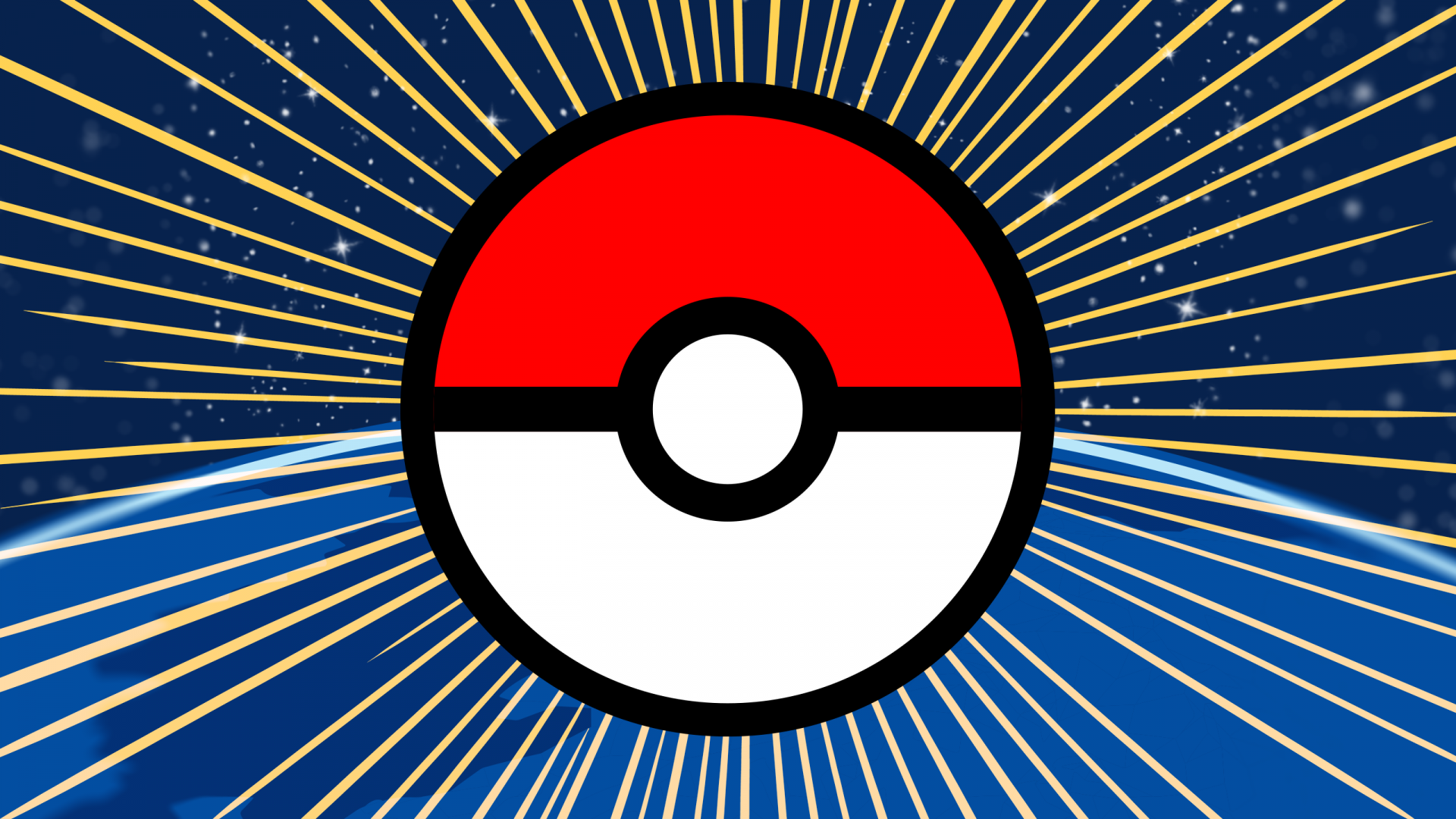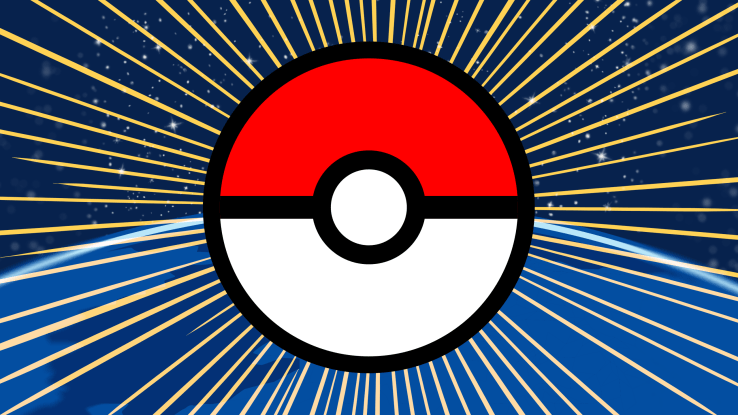What to look for in the next Pokmon Go


If you had to crown an App of the Summer, Pokmon Go would undoubtedly be at the top of the list. The app became a household name within days of its July launch and was the most downloaded iOS app in a first week ever. This easily could have been this generations Pet Rock, but somehow Pokmon has pulled off something other brands cant even conceive.
While Pokmon Gos developer Niantichas been praised for introducing augmented reality to the smartphone-wielding masses, to understand the apps success, you have to look at the long arc of content marketing that is driven by messages that speak to our innate human desires, and the nostalgia that only comes from something ingrained in our collective consciousness.
By combining these elements, Pokmon built one of the most resilient brands in recent memory. It also provided a playbook for other brands looking to catapult their intellectual property into viral success.
An intertwined history
Video game makers have relied on content to drive their success since the Atari was in vogue. They didnt call it content marketing back then, but the effect of layering movies, TV, games, memorabilia and other media has built a handful of wildly successful franchises and gaming companies. After all, Super Mario Bros. one of the best-selling games of all time began its life as a marketing tool for the Nintendo Entertainment System.
Nowadays, major developers like Activision Blizzard will launch a dedicated website, discussion board, customer engagement team and fully staffed social accounts for every new game it releases. Game developers have realized that content is the best way to make their games sticky and profitable over the long term. And while Pokmon Go downloads seem to have plateaued recently, its still the high-grossing app in Apples App Store, bar none.
Capturing our subconsciousness
If playing Pokmon Go feels indescribably natural to you, thats because it is. Pokmons creator, Satoshi Tajiri, based the game on his experience collecting insects outside Tokyo. Pokmon Go is a digitized version of one our favorite activities: collecting things. People tend to collect things for two reasons: to create a reflection of their personal preferences, or to classify things into groups, like you would with a stamp collection.
Pokmon Go proves that brands can monetize their customers nostalgia if they play their cards right.
Pokmon sends this innate desire into overdrive by implicitly encouraging users to compare their collections. The race to catch them all pits users and their collections against each other. Whether its through routines, schedules or habits, were constantly trying to bring order to our lives. For some, creating order means playing Pokmon Go until youve caught them all.
Nurturing nostalgia
I had a feeling Pokmon may come roaring back to life when I saw the franchises Super Bowl ad in February. The ad, featuring children and adults alike, captured the nostalgia fans have for Pokmon, which has now existed for 20 years. Players who started with Pokmon on their Game Boys are now old enough to be showing it to their kids. Pokemon knows this its no coincidence some of the few words in the ad are a father telling his son, who just discovered the fantasy universe, you can do this. This kind of emotional resonance happens when companies can reinforce brand values and emotions over long periods of time.
Nintendo has created an immersive universe for its customers built on emotion, fantasy and joy. Theres a reason Pokmon has become one of the top five best-selling gaming series of all time. Without a deep understanding of its users and their passions, Pokmon would just be another Yu-Gi-Oh! a fad tossed aside after running its course. Pokmon Go proves that brands can monetize their customers nostalgia if they play their cards right.
Predicting the next all-star
Theres no single reason for Pokmon Gos success. Video games have long leveraged content to entertain users. The very activity of catching Pokmon harnesses the innate desire to organize our lives. By taking a horizontal, long-term view to its content, Pokmon also engendered powerful nostalgia in its customers.
The game signals the power of brand nostalgia: Its sweet spot is kids who grew up during the 1990s, but the game appeals to smartphone users of all ages, not just millennials. As a result, millions of Pokmon Go players drove Apples App Store to record-breaking heights this summer. Brands can emulate this approach by optimizing their content for the long haul and creating immersive universes for their customers. Rome wasnt built in a day.
Pokmon Go is a fantastic app (my son loves it) but dont hand all the credit to its augmented reality or its media buzz. Pokmon has been working toward its virality for decades. What were seeing now is a perfect storm of variables one that other companies will likely be deconstructing, analyzing and experimenting with for years to come.
Read more: https://techcrunch.com/2016/09/27/what-to-look-for-in-the-next-pokemon-go/